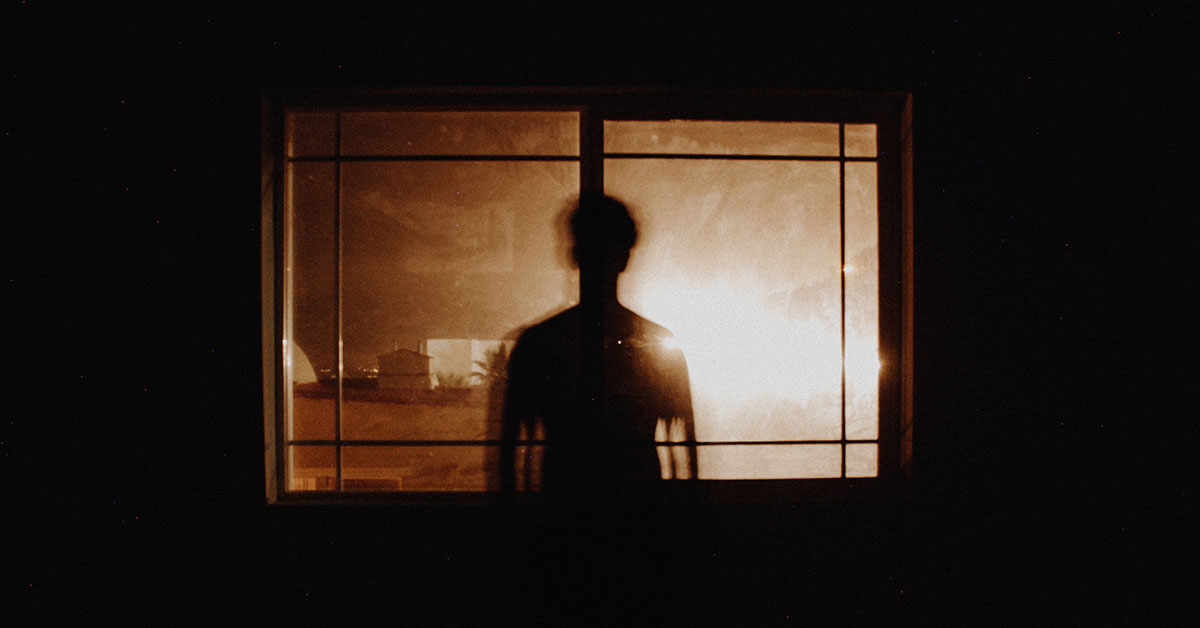As a visual medium, television has changed drastically since the early days of the industry. From new technologies to new regulations for film and television studios, the entertainment business continues to grow, but amidst the excitement of new possibilities for the industry, sometimes standards are lost. One glaring issue I have seen time and time again is over-reliance on shock value and disregard for audience imagination when it comes to writing a villain.

First, let’s talk about shock value.
Shock value as seen in film and television involves a horrifically graphic event that is meant to shock, horrify, or disgust audience members. Several television shows in the past few years, probably most notoriously AMC’s The Walking Dead and HBO’s Game of Thrones, have been heavily criticized for shock value overshadowing compelling story.
To clarify, this is not an article where I rant about the decaying of our culture due to an oversaturation of violence in media. Rather, I am arguing that the manner in which many villains are portrayed in modern television reveals an over-dependence on shock value to create emotional and psychological reactions in the audience. In other words, many filmmakers seem to sacrifice emotion for brutality and hope the audience thinks it’s the same thing.
So is this because of increasingly unimaginative scriptwriting or an increasingly unimaginative audience? I’d argue both. Media makers are constantly fighting to keep their audience engaged and with ever-shrinking regulations regarding the censoring of violence, television shows in particular, appear to be in a battle with each other over who can produce the most shocking content that keeps viewers hungry for the outcome. But, by relying on shock value, screenwriters and media creators can sometimes fail to receive the desired emotional reaction from the audience. When nothing is left up to the imagination in terms of the amount of violence the audience witnesses, a moment intended to be emotional and tragic can come across more as disgusting and disturbing. The same effect can occur when a villain’s violent actions become predictable.
Establishing the villain.
In order to firmly establish a villain, many writers forego compelling characters and instead reach right for shock value. After all, a villain isn’t really a villain if we don’t see him do something horrific onscreen, right? According to about half of The Walking Dead fans, yes! Horrified fans who voiced their distaste with new villain Negan’s excessive brutality were harshly criticized by those who thought the bat-wielding psychopath’s cruelty fit perfectly with the tone of the show. Many viewers actually seem to grow bored with a show if they are not constantly shocked. The problem is, shock value can never last.
Take the character of Ramsay Bolton in HBO’s Game of Thrones. While the character’s cruelty was initially praised for relying largely on psychological torture, the screenwriters eventually bored a large group of their audience as Ramsay Bolton’s character became the master of shock value. Viewers began to complain that every evil new act Ramsay committed seemed only meant to top the previous one, making actions that were meant to be shocking nothing more than predictable and boring.
So, what can be done? Half the audience is completely content to be inundated with shocking visuals, while the other half craves something more imaginative. Firstly, leave some things up to the audience’s imagination. When every gory detail is displayed proudly on screen, the audience is not encouraged to actively participate in what they are watching by letting their mind fill in what happens offscreen. Some viewers seem to feel that if we cannot see everything the villain does, he is somehow less evil. When the camera cuts away during a gruesome moment, the viewer is now invited to imagine what is happening offscreen. They are actively engaging in the scene, rather than being spoon-fed.
Additionally, as I mentioned before, creating a villain built around shock value can often muddy the desired reaction the writers want from their audience. If we as viewers are so disgusted by, say, a beloved character being bludgeoned into a bloody pulp, it is hard to feel anything but disgust. As we sit in shock watching the character’s gruesome end, repulsion rather than despair reigns.
Secondly, make your villain unpredictable. There is nothing wrong with adding a degree of shock every now and then, but when the villain’s character development completely depends on making their next horrible deed worse than the last, they often become calculable and boring. If a villain alternates between physical violence and psychological torture instead of relying solely on brutality, their character is instantly less predictable and more interesting (i.e. Annie Wilkes in Misery, Hannibal Lecter in The Silence of the Lambs, The Emperor in Star Wars Episode V & VI).
Of course, there are other important aspects to consider when writing a villain, such as motivation and backstory, but if writers continue to swear by shock value, compelling, well-written villains could be a thing of the past.
